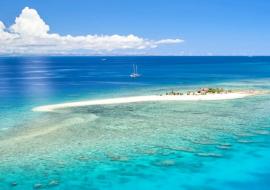Height Experiences in Northern Argentina: 12 Amazing Places Up in the Clouds

What could be better than living heights among amazing landscapes? No matter the final destination, any Argentine ecosystem meets the expectations. The proposal today is to get off the ground and get a little closer to the sky through unique experiences in the most exciting places in the country’s northwest region.
Reaching out to touch the sky with your hands has never been so close to becoming a reality than in northern Argentina. The six provinces up in the north boast an unprecedented proximity to the highest altitude that can be reached. Clouds, mountain peaks, breathtaking panoramas and even wine-tasting are the main ingredients when visiting the north of Argentina. What do they all have in common? The energy that comes from experiencing Argentina from 200 to 6,700 meters above sea level. The result culminates in a fast-paced heartbeat, covered ears and attentive eyes to capture everything that can be made out from above.
Jujuy, Salta, Tucumán, Catamarca, Santiago del Estero and La Rioja offer perfect alternatives to carry out those pure adrenaline-pumping plans:
1. Discover the Colors of the Hornocal Mountain Range, Jujuy
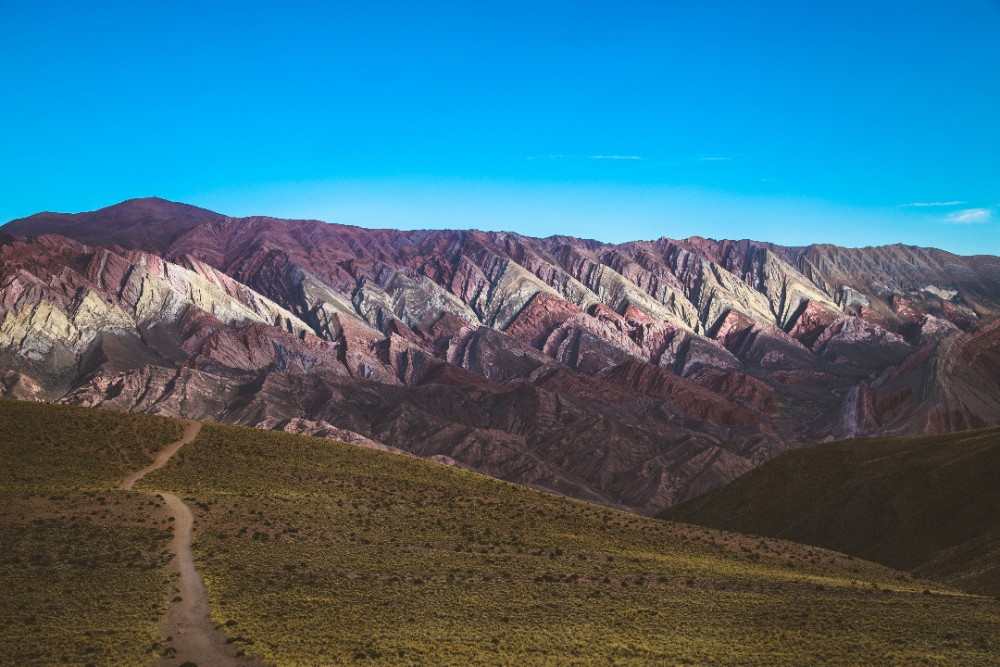
A multicolored wonder that enthralls tourists from all over the world. The only way to understand the strength of this mountain range in Jujuy is by landing on its reddish soils, getting to know the local culture and admiring the wisdom of nature. The high altitude experience -4,761 meters above the ocean- is tinged with reds, greens, oranges and yellows that come together to paint a chromatic postcard marked by sharp ends. The viewpoint that lets you gaze at the entire scenery is at its best at sunset. Camera ready and senses sharpened: you are about to experience a spectacle worthy of being treasured in your memory for forever more.
2. Riding the Train to the Clouds, Salta
Traveling at 4,220 meters above sea level on the third highest railroad in the world is possible in Argentina. The iconic Train to the Clouds, located in Salta, is the result of a stunning engineering work from the past century. Its route shows the best side of the province among reddish lands, valleys and panoramic views that only get better as the journey chugs on.
Its inauguration dates back to 1972 and today it runs for miles at 63 meters, crossing viaducts, tunnels and bridges. The technical stops along the route guarantee unforgettable photo ops of the Salta landscape and a gallop of the heart that can only be achieved in Argentina. Many are the larger-than-life stories that swirl around this mythical must-see; the most popular identifies the train as the intermediary between earth and dreams, responsible for the Puna merging with the sky. Poetry that, in the first person, eventually comes true.
3. Visiting the Llullaillaco Volcano, Salta
In addition to jungles, lakes, forests, mountains, deserts and salt flats, Argentina also adds volcanoes to its repertoire. In fact, the Llullaillaco is the second highest active volcano on the planet (at 6,739 meters) and a sacred place for the ancient Inca civilization. It is at the top of this wonder where, in 1999, archaeological remains of the famous Llullaillaco Children were found, today exhibited at the Museum of High Mountain Archaeology (MAAM), in Salta. This discovery gave the site the privilege of being considered a National Historic Site.
Adventure enthusiasts can embark on expeditions to take a closer look at the volcano, in an odyssey that counts many days and poses high difficulty.
4. Tasting Wine in the High Altitude Wineries of Northern Argentina
An ideal activity for foodies because heights also have gastronomic dyes of their own and, to finish feeling the Argentine soil, wine tourism is a must. And the north knows it so well.

With crops hovering between 1,750 and 3,050 meters above sea level, the provinces of Salta, Catamarca, La Rioja, Jujuy and Tucumán make quite a splash in terms of wine and propose the acclaimed Wine Route through the northern regions. The main star here? The grapes. Due to the thermal amplitudes registered in the area, the ripening of the vine is ideal, obtaining an aromatic end product with great notes. The largest wine production in the north is located in Salta -especially in the Calchaquí Valleys-, being Cafayate the great mecca for wine lovers.
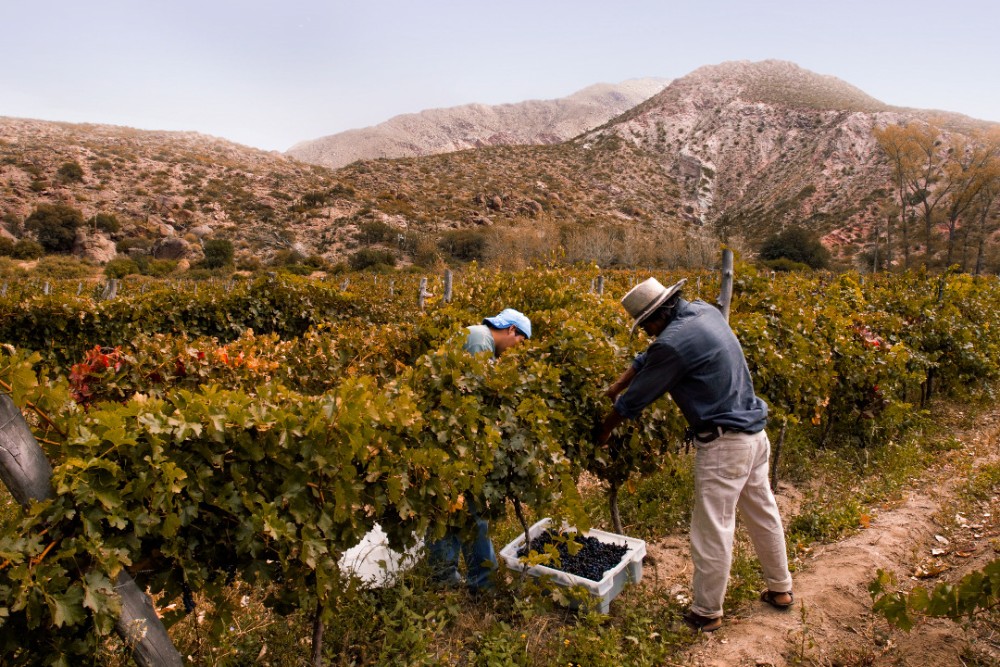
In addition to the possibility of sipping the flagship grape variety known as Torrontés, the plan doubles the bet with pairing options that include the local cuisine and a chance to lodge among vineyards.
5. Trekking to the Snow-Capped Chañi, Jujuy

There are plenty of options for trekking in Argentina. From north to south, the alternatives surprise with landscapes from another planet and trails full of challenges. All of them pursue the same goal: to reach the summit of iconic peaks while enjoying the satisfaction of reaching the finish line. Between the provinces of Salta and Jujuy -and at 5,896 meters above sea level- the Nevado de Chañi makes the blood of passionate adventurers pump way faster.
The road to the summit is also part of the journey and becomes the trailer that foreshadows the end of the movie: one-and-only panoramic views. The expedition to climb up to the snowy peak is planned in several days that usually take 8 to 10 days, with stops to freshen up and get your moxie back because the difficulty of this trekking is pretty high.
6. To See Tucumán from the Cadillal Chairlifts
Flying over one of the most incredible water mirrors of San Miguel de Tucumán is quite an experience. This time around, though, the means of transportation is a chairlift at 228 meters high with the sole purpose of reaching the top of Cerro Medici and dazzling whoever embarks on this adventure. The result? A landscape crowned with shades of green, the Cadillal Lake at the foot and the city in the background.
The 600-meter route has become a must-see in the capital of Tucumán. In addition to exclusive panoramic views, there are also two hiking trails through jungles and hills.
7. Admire the Seismiles on National Route 60, Catamarca
Some of the highest volcanic peaks on the planet, 6,000 meters above water level and a route that crosses landscapes laden with the most picture-perfect villages, local wildlife and astounding flora. Catamarca also joins the premises of high altitudes and reinforces them with proposals designed for mountaineering enthusiasts.
The starting point is the town of Fiambalá, famous for having hosted the Dakar Rally. From there, the section runs along Route 60 to the border with Chile to see some of the most famous volcanoes: the Nevado Ojos del Salado (at 6,864 meters, the highest volcano on Earth) and Mount Pissis (6,792 m), among others. The landscape can be made out from a distance, but for those who want to experience it up close and personal, trekking expeditions are also planned.
8. Visiting the Salinas Grandes, Jujuy
If it’s skies we’re talking about, then Salinas Grandes is a direct way to be up in the clouds. Perhaps because of the infinite white that catches the eye. Or for its water pools that clearly reflect the gray cumulus clouds that deck out the sky. The conclusion is that visiting Salinas Grandes is a must when passing through the north of Argentina. No wonder it is on the podium of the 7 Natural Wonders of the country.
At 3,500 meters above sea level and a surface of over 200 square kilometers, it is one of the most sought-after destinations in the region. Its photogenic soil was formed from volcanic waters and today it awes visitors when the sun shines on the typical white color.
9. Go Horseback Riding in Tafí del Valle, Tucumán
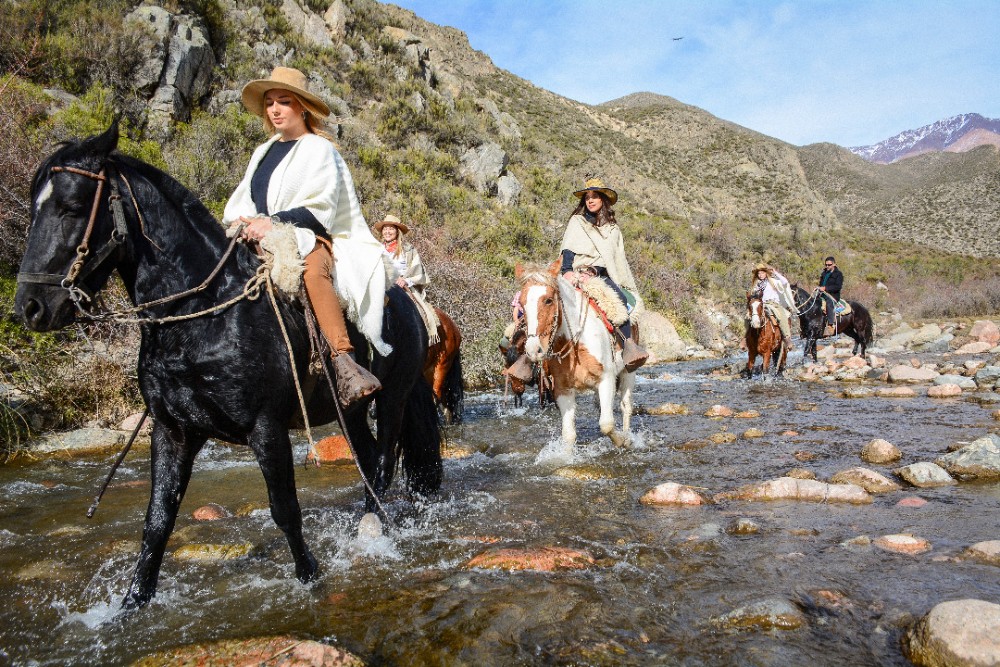
Attention cheese, height and horse buffs: your adventure kicks off in Tafí del Valle. The incredible valleys that the province of Tucumán has to offer are even more fascinating if you watch them on horseback. Slopes, plentiful green and an elevation that goes from 2,000 to 3,000 meters above sea level are the main features of this tourist area. Duration varies, but all the routes clinch a connection with nature and a thousand postcards worthy of being photographed. In addition, Tucumán is famous for the variety and quality of its cheeses, so the ride on four legs can wind up with a chance to taste the local cuisine. Because such an experience deserves a gastronomic highlight.
10. Going into the Sand Dunes at the Tatón Dunes, Catamarca
The highest dune in the world, known as Federico Kirbus at 1,234 meters high, is part of this orange-painted destination in Catamarca. An endless number of sand hills welcome tourists eager to wallow in this unique desert in the world. Beyond the tour in trucks fitted out for the terrain, such sports as sandboarding are also practiced. And shutterbugs have plenty of subjects to entertain themselves.
A curious fact? The Tatón Dunes were finalists in the contest to choose the 7 Natural Wonders of Argentina. Why they made it all the way to the finals can only be proven by feasting eyes on this place.
11. See the Sierras de Guasayán and Villa La Punta, Santiago del Estero
A mountain range that stretches out into the west of Santiago del Estero and is about 700 meters above sea level. The scenery? Miles of green forests that give visitors the opportunity to trek and watch the local wildlife and flora. Among curves, ravines with streams and a splay of greenish and yellow colors, direct contact with nature is guaranteed. What’s more, on the eastern slope of the mountain range you can visit Villa La Punta, a town that used to be the place chosen by the Argentine aristocracy to spend their vacations. Today, the tourist proposal includes walks through the area to soak up the pure oxygen released by the stunning amount of trees around.
12. Plunging into Red Walls in Talampaya National Park, La Rioja
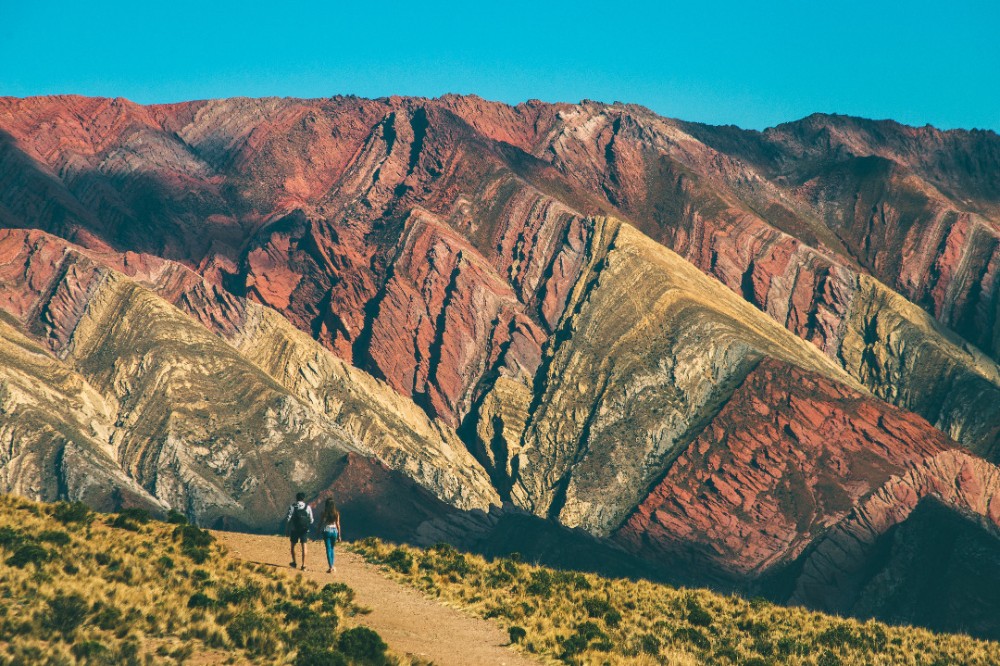
Setting foot on Riojan soil is to share footprints with the dinosaurs that once roamed the area. And, as if that fact were not tempting enough, the horizon of Talampaya National Park only showcases reddish colors and eroded walls that stand tall at 1,300 meters above sea level. Visitors not only have the opportunity to visit a unique paleontological site, but can also enhance their experience by getting to know the park by bicycle. Just another location that is added to the 7 Wonders of Argentina.







